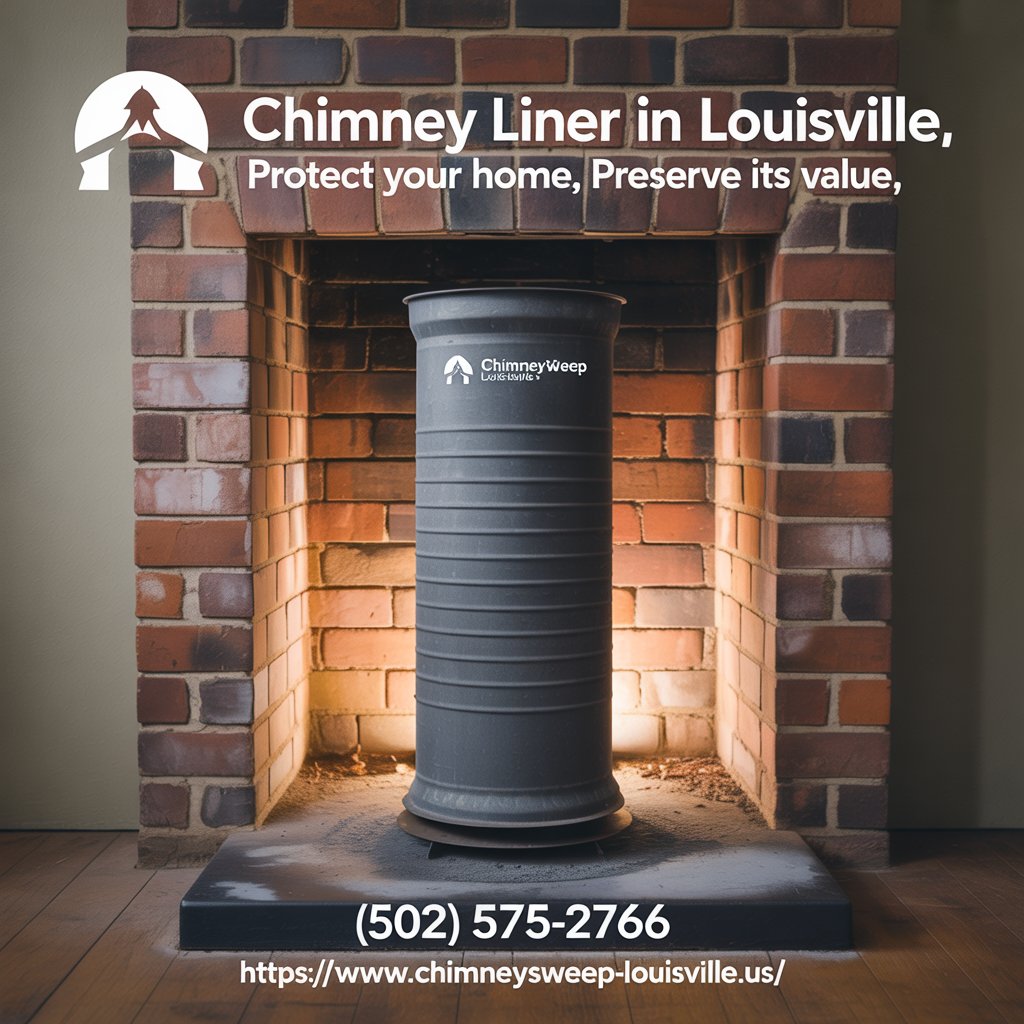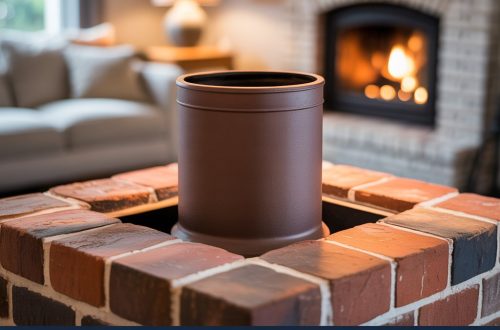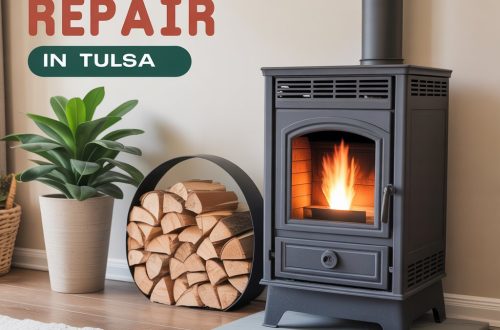If you live in Louisville and have a fireplace or wood-burning stove, you’ve probably heard someone mention the importance of a chimney liner. Maybe your chimney sweep brought it up during a cleaning, or you saw it on a home inspection report. But is it really necessary, or just another upsell?
Let’s walk through what a chimney liner actually does, why it matters (especially in a place like Louisville), and how it affects your home’s safety, efficiency, and overall heating costs. Whether you’re new to fireplaces or just looking to keep your home in great shape, this guide has you covered. Yes, we’re talking all about the Chimney Liner in Louisville and why it might just be more essential than you think.
What Even Is a Chimney Liner?
Think of a chimney liner as your flue’s protective jacket. It’s a hidden but hardworking part of your chimney system that lines the interior walls of the chimney. Its main job? To safely guide smoke, gases, and even tiny sparks up and out of your home.
There are three main types:
- Clay tile liners – Found in most older homes, these are durable but can crack over time.
- Metal liners (usually stainless steel) – Great for relining old chimneys, very heat-resistant.
- Cast-in-place liners – Poured in like cement, forming a smooth, seamless path.
Each type has its pros and cons, but all are designed to do one thing: keep the fire where it belongs and harmful fumes out of your living space.
Why Louisville Homes May Especially Need a Liner
Louisville isn’t exactly Alaska in terms of winter, but we do get our fair share of chilly nights and damp conditions. Combine that with the age of many local homes, and you’ve got the perfect recipe for chimney issues.
Here’s why that matters:
- Moisture Damage: Kentucky weather is famous for its humidity and unpredictable storms. Water can seep into unlined or cracked chimneys, breaking down mortar and leading to costly repairs.
- Older Homes: Many houses in the Highlands, Old Louisville, and Clifton areas were built well before chimney liners were even required by code. That means they may be totally unlined—or have liners that are well past their prime.
- Home Heating Safety: Many homeowners still use wood stoves or gas inserts. Without a proper liner, you risk carbon monoxide leaks or even chimney fires.
Fun Fact: According to the National Fire Protection Association (NFPA), chimney liners are one of the top ways to reduce the risk of house fires related to heating appliances.
Table: Chimney Liner Benefits at a Glance
|
Feature |
With Chimney Liner |
Without Chimney Liner |
|
Safety |
Blocks heat transfer & prevents fires |
Higher risk of chimney and house fires |
|
Efficiency |
Improves appliance performance |
Poor draft, wasted heat |
|
Cost Over Time |
Lowers long-term repair costs |
Expensive chimney damage repairs |
|
Moisture Protection |
Prevents water seepage |
Leads to mold, rust, and decay |
|
Gas Venting |
Directs CO and fumes safely outside |
Dangerous indoor air quality |
“Isn’t My Chimney Fine Without One?”
Here’s the thing—maybe… but probably not. Even if your fireplace seems to be working fine, a missing or damaged liner can be a silent threat. Many issues, like gas leaks or heat transfer into your walls, don’t show symptoms until they cause serious damage.
A chimney liner isn’t just about code compliance—it’s about peace of mind. You’re not just keeping warm; you’re protecting your home, your family, and your wallet.
As local chimney expert Jim Cartwright once said,
“A chimney without a liner is like driving a car with no seatbelt—it might be fine for a while, but when things go wrong, they go really wrong.”
How a Chimney Liner Saves You Money in the Long Run
Here’s where the money talk comes in. Chimney Liner Installation may seem like a big upfront cost, especially if you go with stainless steel. But when you compare that cost with potential chimney rebuilding, smoke damage, or hospital bills from CO poisoning—it’s not even close.
Pellet stove repair services often recommend liner installations or upgrades, especially when adding a new appliance. That’s because older chimneys can’t always handle the higher efficiency and exhaust temps of modern heating units.
Also, a liner improves your fireplace or stove’s efficiency, which means better heating with less fuel. That alone can shave down your utility bills over the winter months.
Final Thoughts: Is a Chimney Liner Worth It?
If you’re still wondering whether you need a chimney liner in Louisville, here’s the short answer: Yes—if you want a safer, longer-lasting, and more efficient chimney system.
Between our local weather, the age of many homes, and modern heating demands, a liner is one of the best upgrades you can make. Whether you’re adding a new insert, fixing an old flue, or just planning ahead, don’t skip this essential layer of protection.
A properly installed chimney liner checks all the right boxes:
✔ Better safety
✔ Improved efficiency
✔ Long-term savings
✔ Compliance with building codes
✔ Peace of mind every time you light a fire
So before the next cold snap rolls through Louisville, take a minute to check the status of your chimney liner. Your home (and your heating bill) will thank you.
Read More: Chimney Sweep





